Arm cuff compression is a therapeutic technique that involves the use of an inflatable cuff to apply pressure to the arm in order to help alleviate pain, swelling, and other symptoms associated with various medical conditions. In this article, we will explore what arm cuff compression is, how it works, and the benefits of using it.
What is Arm Cuff Compression?
Arm cuff compression is a therapeutic technique that involves the use of an inflatable cuff that is placed around the upper arm. The cuff is then connected to a machine that inflates and deflates the cuff, creating pressure that can help to reduce swelling, improve blood flow, and alleviate pain and other symptoms associated with various medical conditions.
Arm cuff compression is commonly used in a variety of settings, including hospitals, physical therapy clinics, and home settings, and is often used in conjunction with other therapeutic techniques to help improve overall outcomes.
How Does Arm Cuff Compression Work?
Arm cuff compression works by creating pressure on the arm, which can help to improve blood flow and reduce swelling. The pressure created by the cuff helps to squeeze the blood vessels in the affected area, forcing blood to flow out of the area and reducing swelling.
As the cuff deflates, the pressure is released, allowing blood to flow back into the area. This cycle of inflation and deflation helps to stimulate blood flow and can provide a number of therapeutic benefits.
Benefits of Using Arm Cuff Compression
Arm cuff compression offers a number of potential benefits, including:
- Reduced swelling: Arm cuff compression can help to reduce swelling in the affected area by stimulating blood flow and forcing excess fluid out of the area.
- Improved blood flow: By stimulating blood flow to the affected area, arm cuff compression can help to improve oxygen and nutrient delivery, which can aid in healing and reduce pain.
- Pain relief: Arm cuff compression can help to alleviate pain associated with various medical conditions, such as arthritis, by reducing swelling and improving blood flow.
- Increased range of motion: Arm cuff compression can help to improve joint mobility and flexibility by reducing stiffness and increasing blood flow to the affected area.
- Accelerated healing: By improving blood flow and reducing swelling, arm cuff compression can help to speed up the healing process, allowing patients to recover more quickly from injuries or surgeries.
Types of Arm Cuff Compression
There are a few different types of arm cuff compression, each of which is designed to address different types of medical conditions and patient needs.
- Sequential Compression: This type of arm cuff compression involves the use of a machine that inflates and deflates the cuff in a specific sequence, creating a wave-like motion that can help to improve blood flow and reduce swelling.
- Static Compression: Static compression involves the use of an arm cuff that is inflated to a specific pressure and left in place for a set period of time, typically around 30 minutes. This type of compression can be useful for patients with certain medical conditions, such as lymphedema, that require ongoing management.
- Intermittent Compression: Intermittent compression involves the use of an arm cuff that is inflated and deflated at regular intervals, typically for a few seconds at a time. This type of compression can be useful for patients who need to be able to move around during treatment, as it allows for greater flexibility and mobility.
Arm Cuff Compression in Practice
Arm cuff compression is commonly used in a variety of medical settings, including:
- Lymphedema treatment: Arm cuff compression can be an effective treatment for lymphedema, a condition in which excess fluid builds up in the arms.
- Rehabilitation: Arm cuff compression can be used as part of a rehabilitation program for patients recovering from injuries or surgeries.
- Sports medicine: Arm cuff compression can be used to


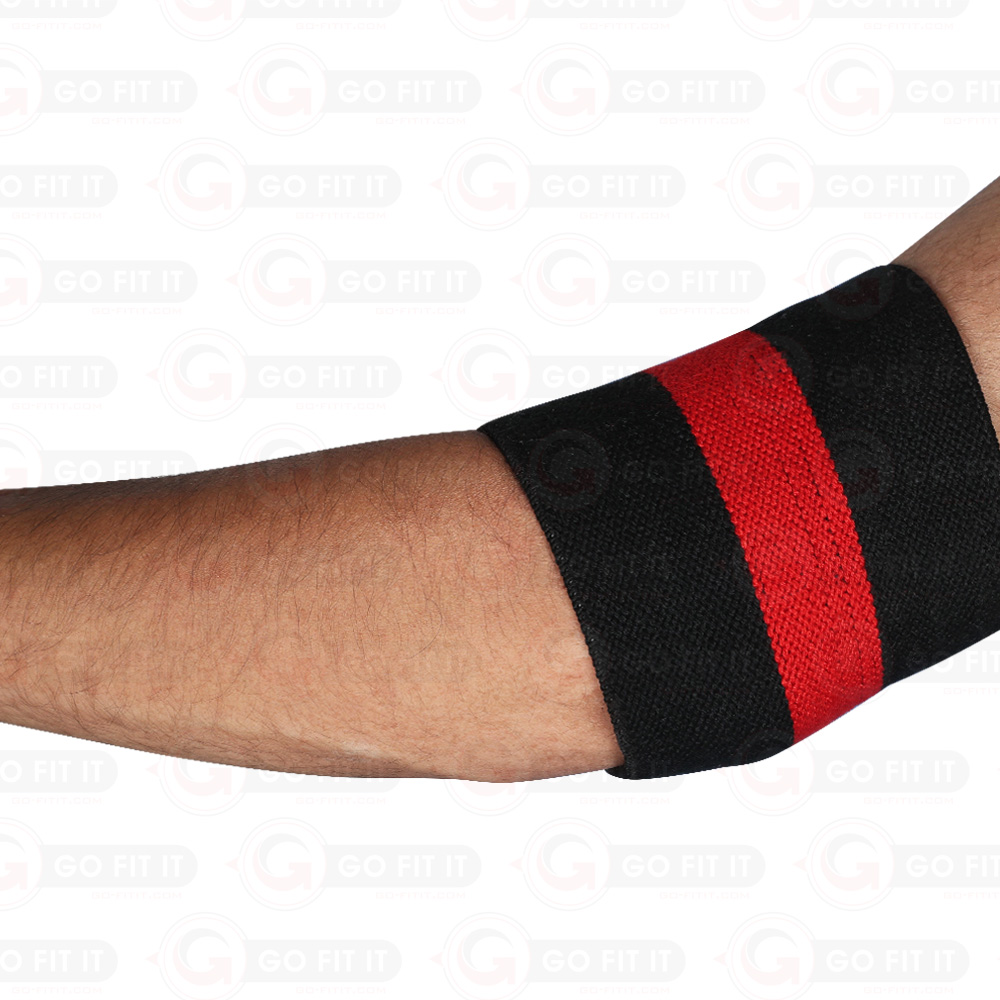

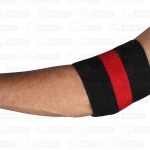




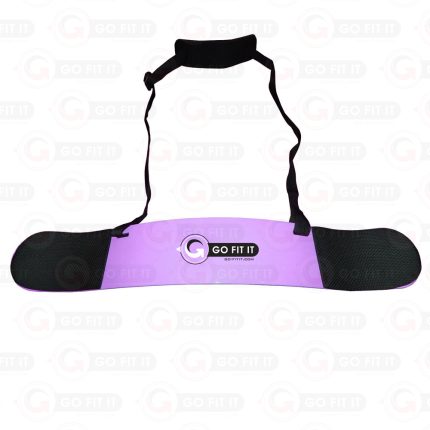

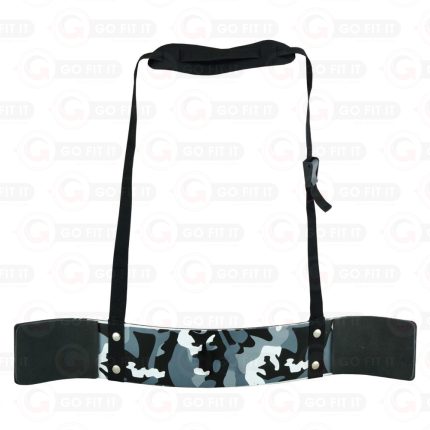
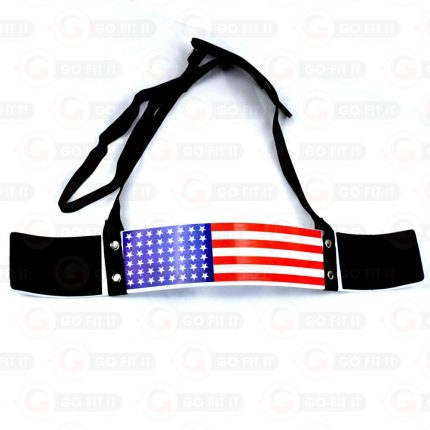
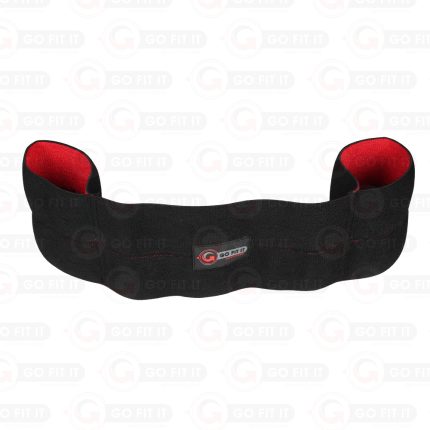
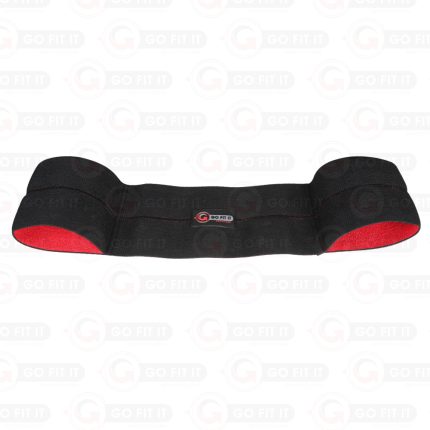

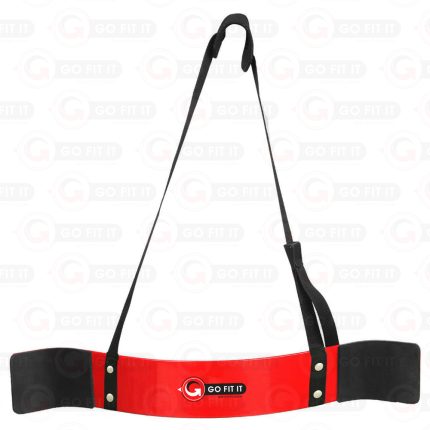
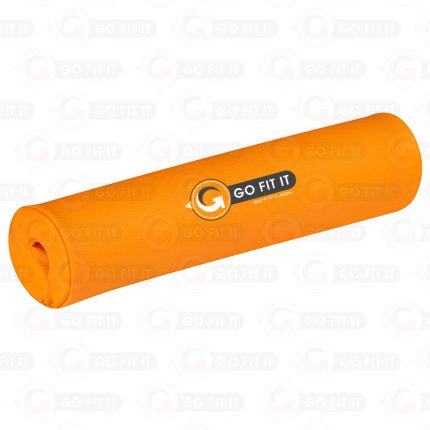
Reviews
There are no reviews yet.